The 10 Best Tarot Books For Newbies and Pros
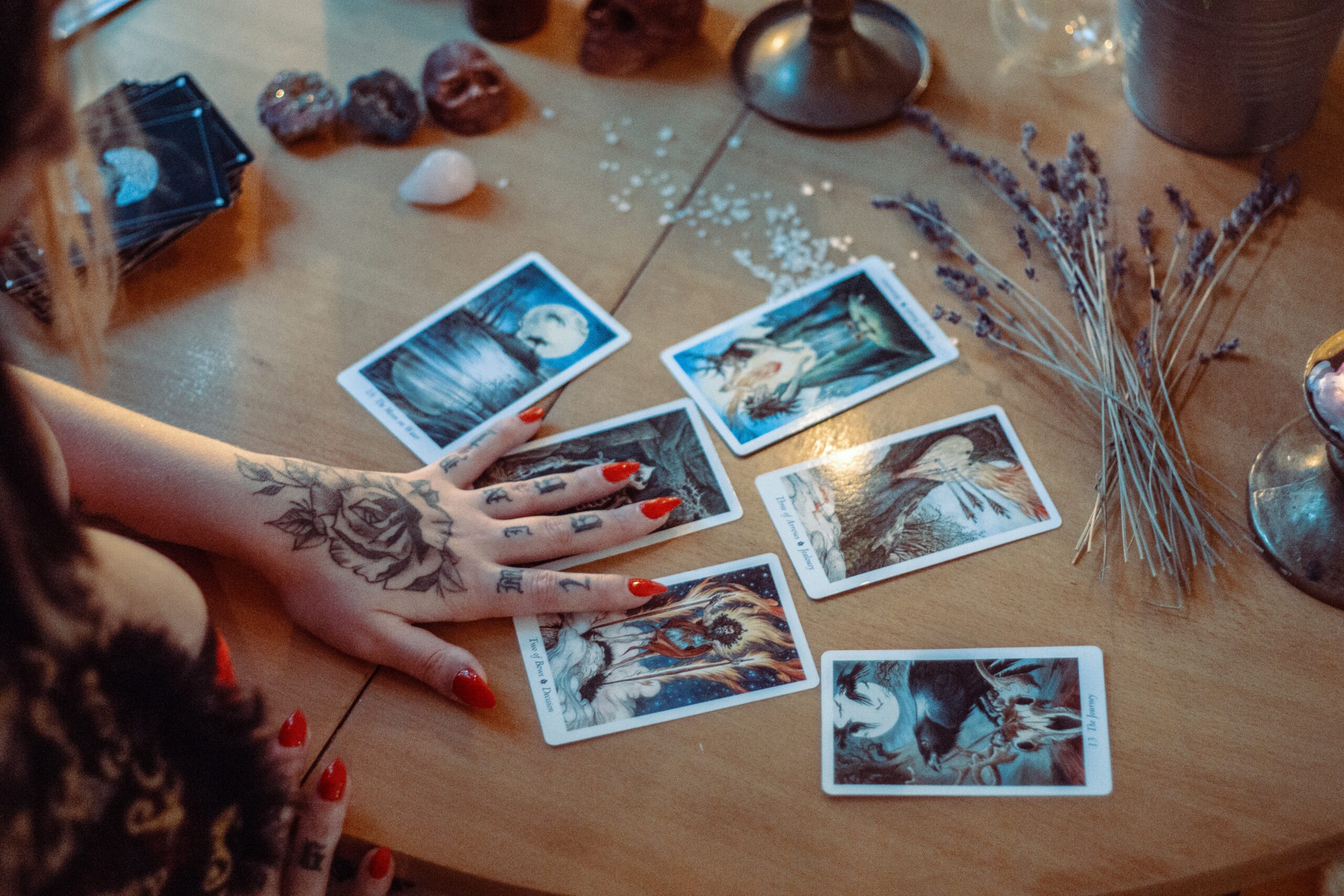
Whether you’ve been reading tarot cards for 20 minutes or 20 years, you never stop learning and growing. Good thing there are so many insightful books on the tarot to help you along the way! To make your search for the right book easier, we’ve put together the top 10 books on tarot for both beginners and veteran readers.
Why is tarot so popular? A huge part of the draw (get it?) is the beauty of the cards themselves: 78 little stories, each with multiple layers of meaning, that reveal stories about your life. If you’ve ever performed a reading or had someone read for you, you’re probably familiar with that eerie moment when the cards seem to know exactly what your problem is—and, like a gruff but loving aunt, they call you out on it!
But if you want to get in on that, you’ll probably need to start with a good book.
The best way to get a feel for the tarot is to read up on what each card means, then try out different reading styles until you find one that feels right and gets results. You don’t have to own a million books to master the cards, but it is helpful to get a few different authors’ takes on interpretations and spreads, since everyone approaches tarot a little differently. Our advice? Get these 10 books from your local library (they may be available as e-books on library apps like Overdrive), and then buy your favorites so you’ll have them for reference.
As with any witchy practice, remember that tarot cards are a jumping off point for your own intuition. A reading can point you in the right direction or reveal knowledge you didn’t realize you had, but it can’t solve all your problems or make a hard decision for you. These books will help you understand the tarot more deeply, so that your readings are richer and more rewarding.
Learning the Tarot by Joan Bunning
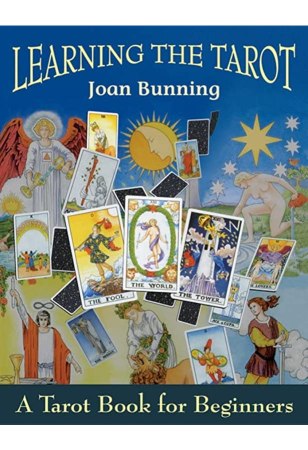
This is the book I first used to learn the tarot, and it’s a solid, well-rounded guide and workbook. Bunning includes card interpretations, exercises, an explanation of the Fool’s Journey (the story that the Major Arcana tell when you lay them out in order), and an in-depth look at the popular Celtic Cross spread.
The Big Book of Tarot by Joan Bunning
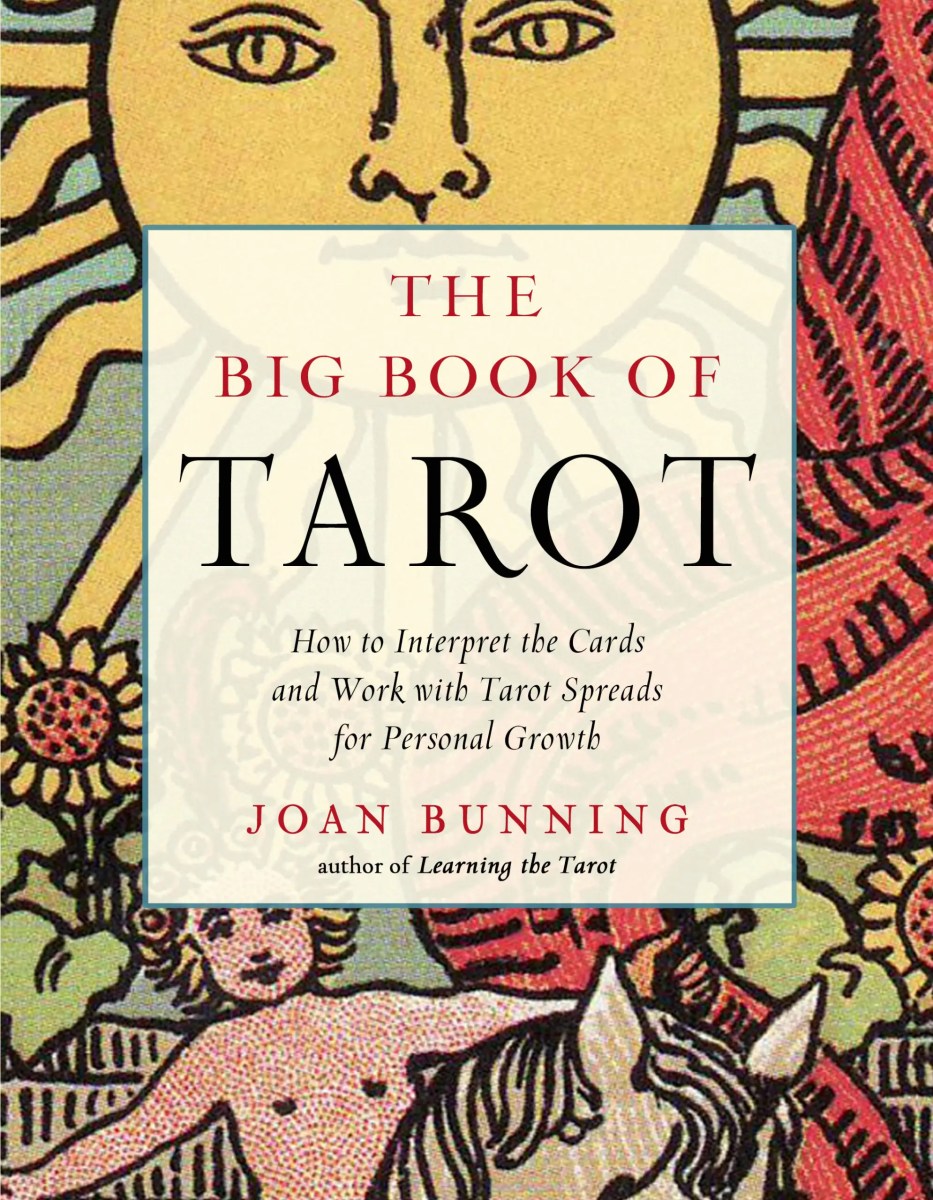
Also by Joan Bunning, this book is an expanded and revised version of Learning the Tarot that’s part of Weiser’s Big Book series. Read Learning the Tarot if you want a trim, relatively quick introduction to how to read the cards; read The Big Book of Tarot if you really want to take the plunge.
The Creative Tarot by Jessa Crispin
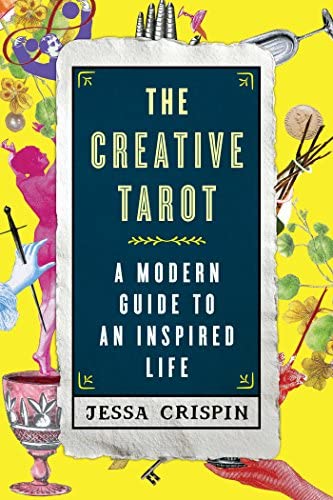
There’s a whole sub-genre of books on using tarot cards for specific areas of your life (love, career, ancestor work, etc.), and while they can be hit or miss, this book is a delight. Crispin explores how artists can use the tarot to boost their creativity, but her card interpretations are useful for any reader. Her section on the history of the tarot is also great.
Kitchen Table Tarot by Melissa Cynova
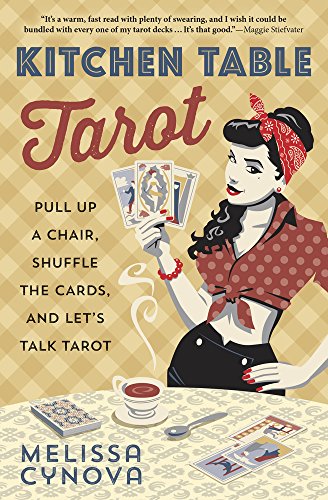
This book is especially useful for anyone interested in reading for other people. With a warm, pragmatic writing style, Cynova uses stories and analogies to explain the meaning of each card. The best part of the book is her section on tarot reading ethics, where she gives tips on reading well for clients—and when not to read for someone.
Tarot for Change by Jessica Dore
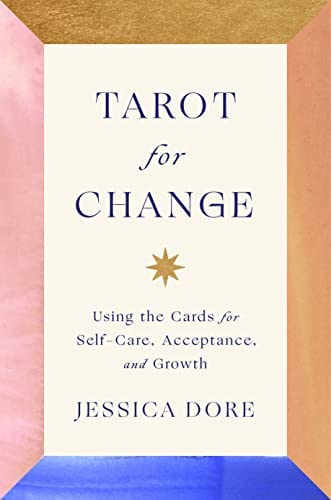
Jessica Dore, a tarot reader and social worker, earned a massive following on Twitter for her daily tarot draws, and she transformed those stories and insights into this book. Dore explores each card through a psychological lens, unapologetically blending mysticism with modern behavioral science and therapeutic techniques.
The Way of Tarot by Alejandro Jodorowsky
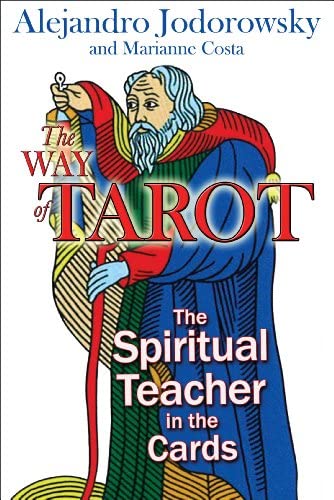
This book is a deep dive into the Tarot of Marseilles, which predates the more popular Smith-Waite. The Marseilles Tarot is tricky to read with because its Minor Arcana aren’t fully illustrated—for example, the 10 of cups just depicts 10 cups instead of a scene. If you want to learn how to decode the Marseilles, though, Jodorowsky will show you how to do it without memorizing 78 sets of keywords. The Way of Tarot is a dense read, but worth it.
78 Degrees of Wisdom by Rachel Pollack
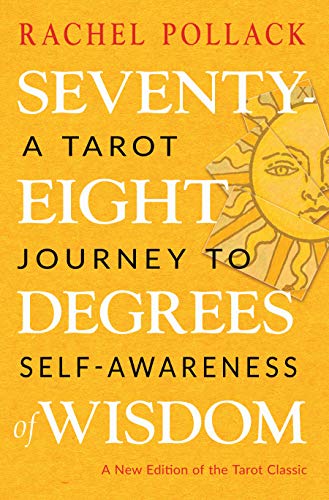
This book is considered the definitive guide to the Smith-Waite (also known as the Rider-Waite) tarot—even more so than the original book that Arthur Waite wrote to accompany the deck! This book consists of essays on each of the 78 cards in the deck, diving deep into their imagery and symbolism. Read this book and you’ll start seeing details in the Smith-Waite that you may have never noticed otherwise.
Lessons from the Empress by Cassandra Snow and Siri Vincent Plouff
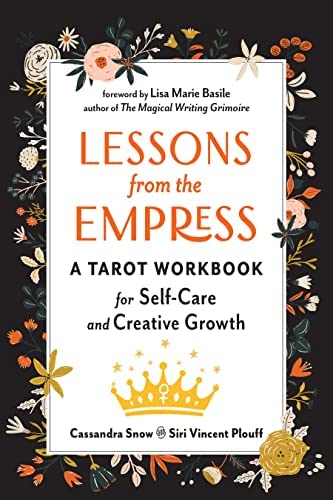
Like The Creative Tarot, this book is especially useful for artists, writers, and other creative types. Using the Empress card as a jumping-off point, Snow and Plouff explore each card through the lens of self-care and nurturing creativity. They define creativity pretty broadly, though, so you can use this book for any kind of personal growth.
Queering The Tarot by Cassandra Snow
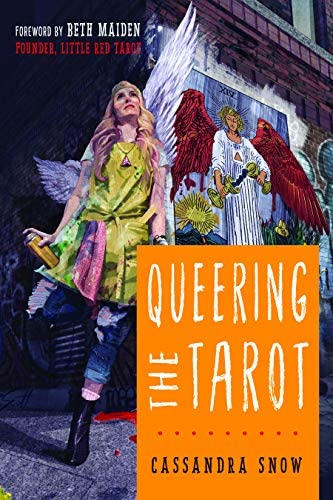
One of the problems with the tarot is that up until recently, the imagery has been very white and very straight. Many authors and artists have tried to skirt around this problem by renaming cards or using gender-neutral pronouns for the figures on them, and while those efforts are important, Queering the Tarot goes even further by exploring each card through a queer lens. Get this book if you want your readings to truly center queerness.
Modern Tarot by Michelle Tea
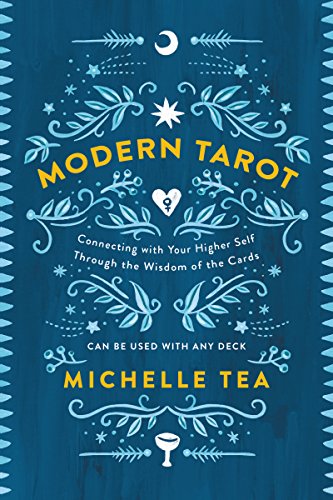
Writer and spoken word performer Michelle Tea (Black Wave, Valencia) brings her gift for storytelling to the tarot, writing clear and engaging interpretations of each card. She also includes spells and rituals to go along with the cards, in case you want to go beyond reading them and start integrating them into your life in other ways.
What’s your favorite book on tarot? Is there a book that was formative in your tarot reading journey? Let us know in the comments!
(featured image: Alina Vilchenko, via Pexels.com)
Have a tip we should know? [email protected]
